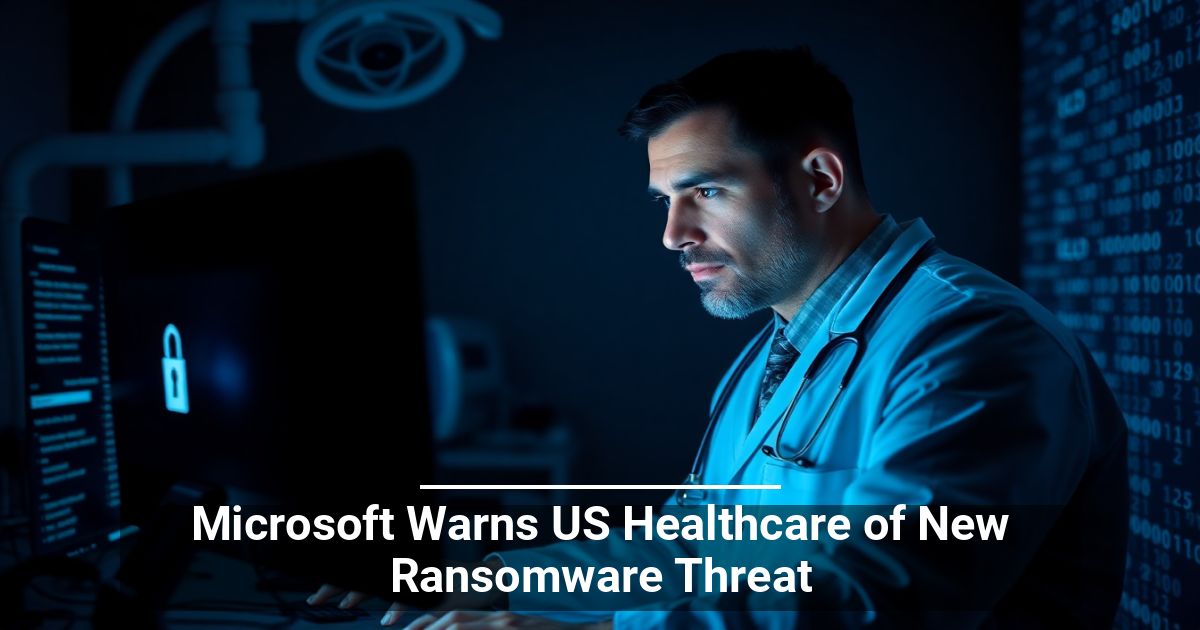 Is your establishment prepared for the latest cybersecurity challenge?
Is your establishment prepared for the latest cybersecurity challenge?
Microsoft has raised the alarm over a new ransomware threat from Vice Society (Vanilla Tempest) targeting the healthcare industry.
This isn’t just a tech problem; it’s a business survival issue. Protecting sensitive data and maintaining brand trust go hand in hand, so staying on top of this emerging threat is important.
Who Is Vice Society?
Vice Society is no ordinary cybercriminal group. It works with other threat actors, like Storm-0494, to target weak points in security systems.
They first made headlines in early 2021 and 2022 by attacking educational institutions in the UK. Various schools, colleges, and universities suffered from sensitive information leaks on students and staff.
Other victims include the Los Angeles Unified School District (LAUSD) and the Swedish home furnishings retailer IKEA. LAUSD tried to broker a deal with the group to protect stolen data, but the negotiations failed. A few months later, the multinational conglomerate suffered disrupted operations in Kuwait and Morocco as it had to shut down parts of its infrastructure.
Healthcare Sector Targeting
Vice Society recently exploited the vulnerability of the healthcare sector’s outdated legacy systems and the immense value placed on sensitive data.
What’s the potential impact? Holding patient records hostage for prolonged periods could prevent vital treatments. The information about healthcare providers becoming exposed can also lead to reputational damage, legal repercussions, and considerable financial loss.
How They Do It
Microsoft’s investigators have yet to identify specific medical institutions affected, but they’ve broken down Vice Society's tactics. The group first receives hand-offs from GootLoader infections and other ransomware groups.
They finally deploy the INC ransomware threat using a combination of legitimate pathways like:
- Remote Desktop Protocol lateral movement (RDP)
- Windows Management Instrumentation Provider Host
- MEGA data synchronization tool
- AnyDesk remote monitoring
The biggest takeaway here is how different ransomware-as-a-service (RaaS) groups collaborate to exploit security gaps in targeted sectors, hastening their ability to strike. This is a chilling reminder that standing still is not an option in the cybersecurity landscape.
Prevent Data Exfiltration
Why not take the proactive route? Implement these easy steps to reduce the risk of a breach drastically:
- Never open suspicious links or attachments: Too many significant breaches start with a simple click. Train your staff to exercise caution and maintain a vigilant approach to emails and messages that seem slightly off.
- Don’t use unknown USB sticks: Supply your teams with secure, verified devices. Many attacks rely on physically connecting to your hardware or networks.
- Update software and systems: Obsolete systems are like open doors for hackers; keep everything up-to-date and patched.
- Conduct security audits: Know your weaknesses before they do. Consider bringing in third-party experts for an unbiased review.
- Enable multi-factor authentication: It’s another layer of security. Even if cybercriminals grab passwords, they can’t easily breach your system.
Our digital world makes storing and accessing massive data easy. It’s incredibly efficient, but it does come with unique risks. Take every ransomware threat seriously and prioritize your security efforts.


